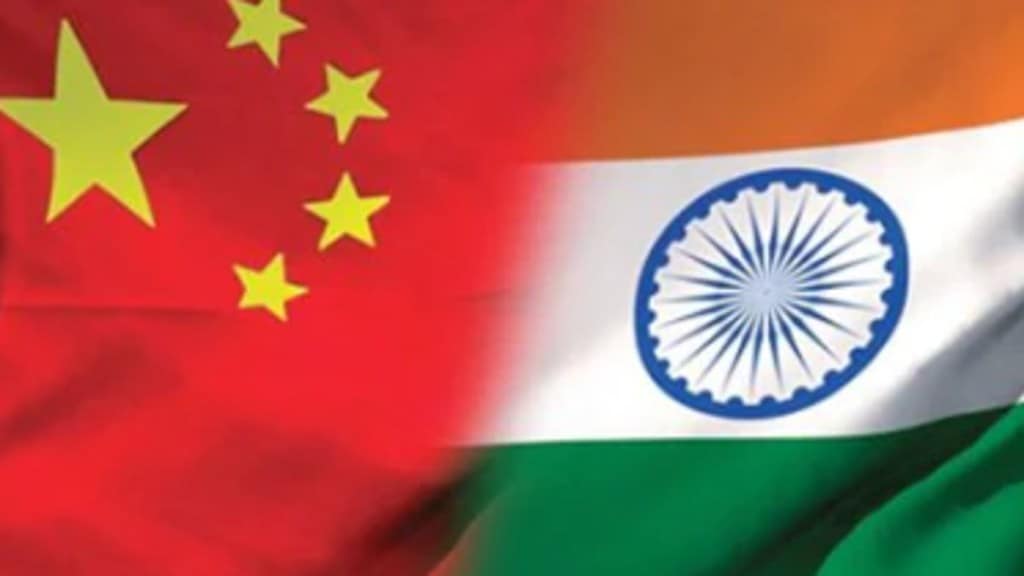In a significant development, India and China have agreed to resume joint patrolling along the Line of Actual Control (LAC), focusing on the disputed regions of Depsang Plains and Demchok. This breakthrough, after years of heightened tensions since 2020, marks a crucial step towards eventual disengagement. However, while both nations are moving towards a resolution, a complete pullback of troops is not expected immediately, except for the routine winter withdrawals.
A Step Forward, Not Full Disengagement
Resuming patrolling along the LAC does not signify full disengagement. Sources in the defence and security establishment clarified that this is a preliminary step towards broader de-escalation. Patrolling will pause once the winter sets in, as has been the practice in the past four years. During this time, discussions on full disengagement will continue, focusing on areas of contention along the border.
At a special briefing ahead of Prime Minister Narendra Modi’s visit to Kazan for BRICS Summit, Foreign Secretary Vikram Misri acknowledged the importance of this development, stating, “Over recent weeks, diplomatic and military negotiators from India and China have been in close contact. These discussions led to an agreement on patrolling arrangements along the LAC, which paves the way for resolving the issues that arose in 2020.”
Addressing Depsang and Demchok: Key Areas of Concern
A major focal point of the ongoing negotiations has been resolving the impasse in the Depsang Plains, where Chinese troops had previously blocked Indian patrols near a critical bottleneck. According to sources, Chinese forces will now return to their earlier positions, allowing Indian troops to resume patrols without obstruction. This marks a positive shift in resolving tensions in this area.
The situation in Demchok, another contentious region, is less clear. While the resumption of patrolling has been announced, it is yet to be confirmed whether Indian troops will be able to patrol the Charding La pass as they did prior to the 2020 standoff. A source noted that a Chinese tent erected during the standoff has been dismantled, signalling some progress in de-escalating tensions.
Patrolling is expected to resume in areas where disengagement had already occurred, such as Pangong Tso, Galwan Valley, and Gogra. Both sides will patrol up to their “agreed perceived LAC,” a concept where India and China follow different interpretations of the border.
The Path Ahead: Modi and Xi Likely to Meet
This renewed patrolling agreement could serve as a prelude to a bilateral meeting between Indian Prime Minister Narendra Modi and Chinese President Xi Jinping. Both leaders are expected to meet during the upcoming BRICS Summit in Kazan, Russia. Should this meeting materialize, it would likely serve as a crucial moment for further border de-escalation talks.
India’s Proposed Strategy for Long-Term Resolution
Over the course of several rounds of talks, India has proposed a phased approach to resolve the border dispute. The first phase involves disengagement from areas of close proximity between troops. This will be followed by de-escalation, reducing troop and equipment numbers, and eventually de-induction, aimed at restoring the status quo as it existed before the April 2020 standoff.
Despite progress in certain areas, the talks have not yet led to a comprehensive solution. Several meetings, including the Working Mechanism for Consultation and Coordination on India-China Border Affairs (WMCC), are still ongoing, with disengagement at Depsang and Demchok representing the first step. A senior military officer commented, “Until we see de-escalation and de-induction, the threat remains.”
Challenges of Trust and Military Buildup
While the resumption of patrolling is a positive development, deep-seated mistrust remains between India and China. China continues to expand its military infrastructure along the LAC, and Indian defence officials are cautious about Beijing’s intentions. Chinese military bases near the border have been reinforced, suggesting that the PLA is unlikely to return to its pre-standoff positions in the immediate future.
India, in response, has maintained a forward deployment of its troops along the LAC, preparing for any potential escalation during the winter months. The Indian Army has increased its stockpiling of supplies and strengthened operational readiness in regions like eastern Ladakh and Arunachal Pradesh.
Diplomatic and Economic Strains
The border standoff has not only strained military relations but also affected economic ties between the two countries. India’s government has tightened scrutiny of Chinese investments, halting several major projects. Though New Delhi has softened its stance in recent months, billions of dollars in Chinese investments have been deterred. Nevertheless, trade between the two countries has surged, with India’s imports from China increasing by 56% since the standoff began.
Recently, as reported by Financial Express Online, Chief of the Indian Army General Upendra Dwivedi, highlighted the need for sustained effort beyond the recent gains, stating, “The two sides need to tackle difficult issues beyond the ‘low-hanging fruit’ already grasped. Diplomatic progress must be followed by concrete actions on the ground.”
A Fragile Step Forward
The agreement to resume patrolling along the LAC is a critical step in reducing tensions between India and China. However, it is merely the beginning of a longer process aimed at restoring normalcy along the border. Much will depend on the outcome of future talks, particularly the potential Modi-Xi bilateral meeting at the BRICS Summit. Until full disengagement and de-escalation are achieved, the border remains a sensitive issue, with both nations cautiously monitoring each other’s moves.

